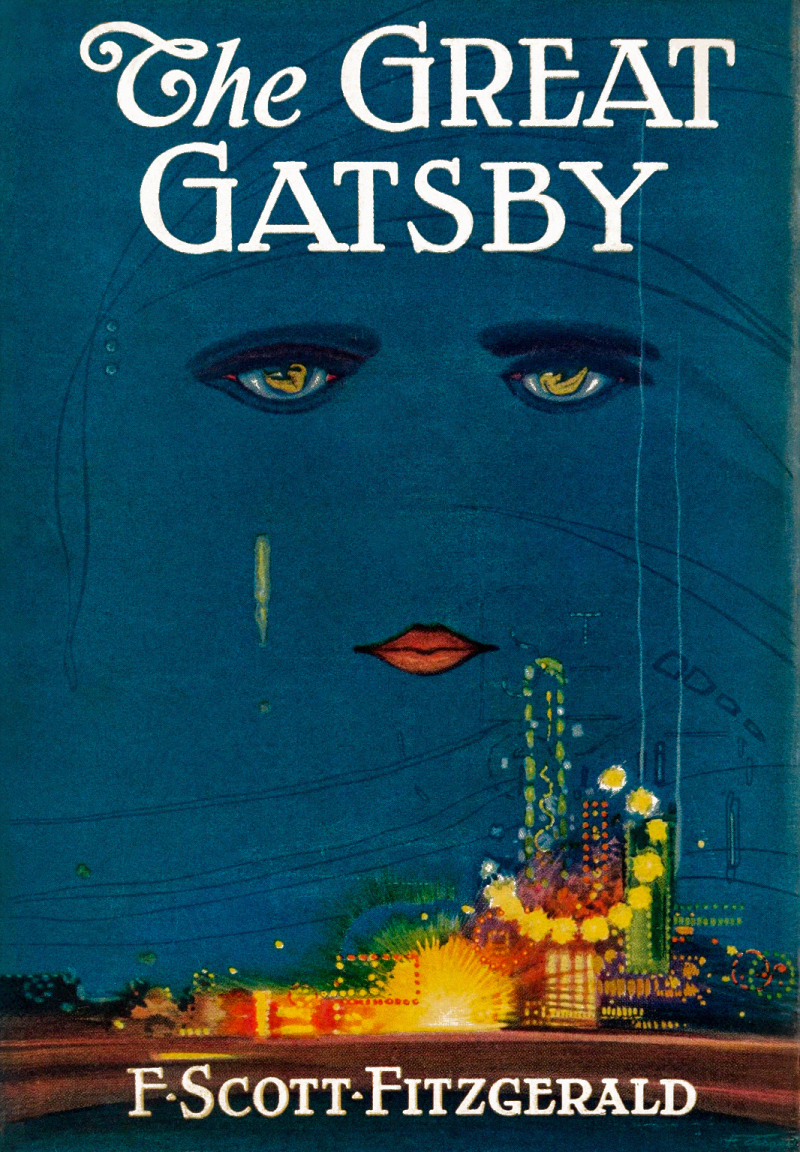The Role of the American Dream in 'The Great Gatsby'
Topic: The Role of the American Dream in 'The Great Gatsby.'
In F. Scott Fitzgerald's "The Great Gatsby," the American Dream serves as a multifaceted thematic cornerstone. This essay will explore its three roles in representing aspiration, moral decay, and societal inequality.
Firstly, the American Dream symbolizes aspiration, epitomized by Jay Gatsby. His pursuit of wealth and status reflects the dream's promise of upward mobility and success. Gatsby's lavish parties and grandiose lifestyle illustrate his efforts to attain this dream. It is the universal desire for a better, more prosperous life. But his unattainable love for Daisy reveals its hollowness and elusiveness. The dream, though seemingly within reach, remains unfulfilled.
Secondly, the American Dream in "The Great Gatsby" reflects moral decay. Through dubious activities, Gatsby's means of achieving his dream highlight the corrupting influence of the relentless pursuit of wealth. Characters like Tom and Daisy Buchanan, embodying wealth and status, are also portrayed as morally bankrupt. Their careless actions reflect the decadence and moral decay underlying the dream's glamorous facade.
Finally, the novel portrays the American Dream as a symbol of societal inequality. Characters from lower social classes, like George and Myrtle Wilson, are depicted as unable to achieve the dream due to systemic barriers. Their tragic fates underscore the dream's inaccessibility to those not born into wealth.
In conclusion, "The Great Gatsby" uses the American Dream to explore themes of aspiration, moral decay, and societal inequality. All of them reflect the complexities of American society in the 1920s.
Reference:
- Fitzgerald, F. S. (1925). The Great Gatsby. Charles Scribner's Sons.














